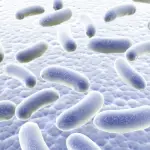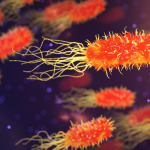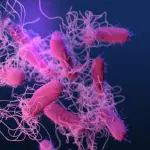“But for the sake of our children and our future, we must do more to combat climate changeâ€
                                   – President Barack Obama, State of the Union, Feb 12, 2013
Human activity, particularly in the form of Greenhouse Gas Emissions is primarily responsible for many observed climatic changes. Scientists from around the world have observed and deduced that during the past 100 years, the world’s surface air temperature increased an average of 0.6° Celsius (1.1°F). This apparently in-substantial figure actually, has a profound and unsettling impact on the natural resources, energy use, ecosystems, economic activity and potentially quality of life.
The earth’s climate has always been in a state of flux, but what is of concern today is the rapid rate of change. From the deepest depths of the ocean to the top of the skies, all studies and researches prove the same point, that the earth’s temperature is increasing and it’s doing so at an alarming rate.
The impact of this climatic change is far reaching and often assumes devastating proportions. Our oceans, for instance covering almost 74% of our planet, is already witnessing rising sea levels due to the melting of Polar ice caps. The increasing level of water threatens to obliterate island nations and coastal cities in due course of time. Further, the Carbon Dioxide gas created due to Greenhouse Gas Emissions, gets dissolved in the sea water turning it acidic. This phenomenon, along with the rising temperature of the sea water poses a huge threat to the marine biodiversity. The dying coral reefs and the decreased productivity of a number of species of sea animals, especially the ones with shells, threaten the delicate balance of the marine ecosystem. It is a known fact that coral reefs house thousands of smaller fishes and sea animals that are a source of food for the bigger of the larger fishes, humans included, thus threat to any one of those tiny residents have the potential to impact the entire food chain.
On August. 28, 2011, Tropical Storm Irene’s rains swelled the Williams River, smashing dams, flooding homes and carrying off the historic Lower Bartonsville Covered Bridge. This wasn’t just another one- in-five hundred-year event happening, a freak occurrence, a one-off event. Rather, experts see it as the new normal across the Northeast, the latest in a series of calamitous weather events occurring because of, or amplified by, climate change. The simple logic being, warmer air contains greater amount of moisture, thus when it is released through precipitation, it means a severe down pour, for long periods. This obviously has damning impact on the infrastructure and quality of life.
On the flip side, the leeward side, deserts, dry and arid regions would face acute shortage of water. There would be uncontrollable forest fires, fuelled by the increasing temperatures, causing damage to infrastructure and life alike.
The heat and the growing population, already heavily dependent on the meagre supply of ground water, would deplete it even more rapidly. Making matters worse is the fact that summer temperatures are projected to continue rising, and a reduction of soil moisture, which exacerbates heat waves, is projected for much of the western and central U.S. in summer. By the end of this century, what have been once-in-20-year extreme heat days (one-day events) are projected to occur every two or three years over most of the nation.
Almost paradoxically, the most fragile amongst all the other constituents of this eco system, the humans, will suffer a plethora of diseases, insect attacks, allergies etc…as an outcome of this changing climate.
So unless the unabated exploitation of earth’s natural resources and contribution of human activity to its occurrence is curbed, the quality of life that we love and cherish today, would forever change, for the worse.










Leave a Reply